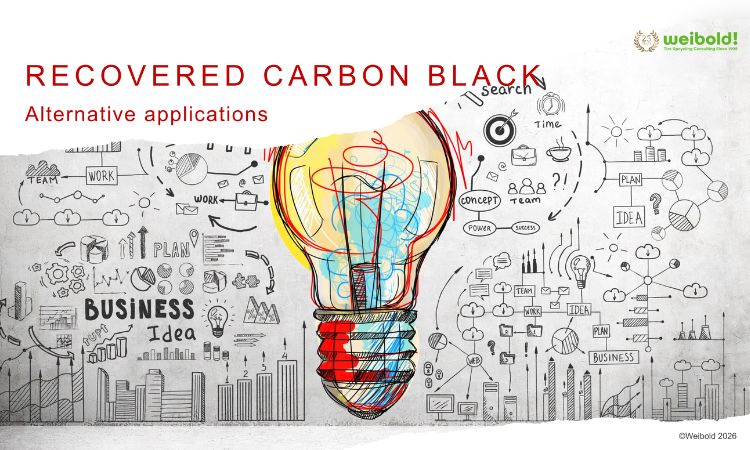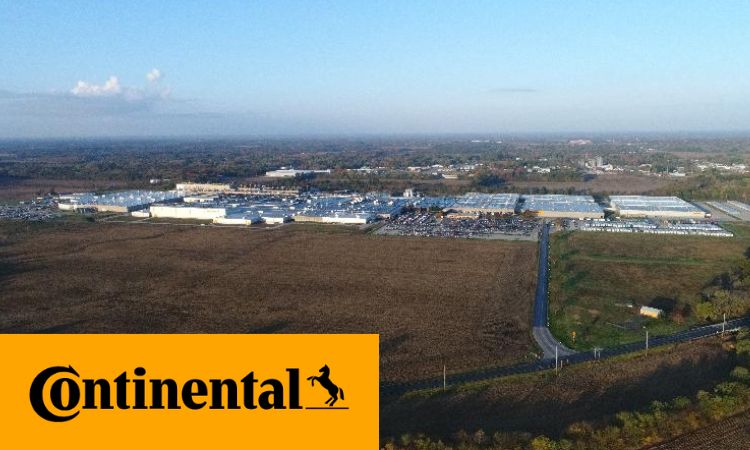European Commission enforces ban on crumb rubber infill and microplastics
On September 25, the European Commission has introduced a ban on crumb rubber infill, coinciding with the ban on intentionally added microplastics. This move addresses concerns about the use of crumb rubber in sports fields, which initially centered on the PAH content. Research revealed elevated PAH levels, even after reductions, prompting further investigation. The European Chemicals Agency's Risk Assessment Committee (RAC) expanded the definition of microplastics to include any polymer under 5mm, encompassing most crumb rubber infill.
The ban aims to prevent around half a million tons of microplastics from entering the environment each year, with a focus on their accumulation in ecosystems and the food chain, including human consumption. The new rules prohibit the sale of microplastics and products intentionally containing them that release microplastics during use. While industrial products not releasing microplastics are exempt from the sale ban, their manufacturers must provide usage and disposal instructions. For crumb rubber infill, the ban takes effect after eight years, allowing transition time for pitch owners and managers.
Explore the full article for in-depth insights below:
The European Commission takes another major step to protect the environment by adopting measures that restrict microplastics intentionally added to products under the EU chemical legislation REACH. The new rules will prevent the release to the environment of about half a million tonnes of microplastics. They will prohibit the sale of microplastics as such, and of products to which microplastics have been added on purpose and that release those microplastics when used. When duly justified, derogations and transition periods for the affected parties to adjust to the new rules apply.
The adopted restriction uses a broad definition of microplastics – it covers all synthetic polymer particles below five millimetres that are organic, insoluble and resist degradation. The purpose is to reduce emissions of intentional microplastics from as many products as possible. Some examples of common products in the scope of the restriction are:
- The granular infill material used on artificial sport surfaces – the largest source of intentional microplastics in the environment;
- Cosmetics, where microplastics is used for multiple purposes, such as exfoliation (microbeads) or obtaining a specific texture, fragrance or colour;
- Detergents, fabric softeners, glitter, fertilisers, plant protection products, toys, medicines and medical devices, just to name a few.
Products used at industrial sites or not releasing microplastics during use are derogated from the sale ban, but their manufacturers will have to provide instructions on how to use and dispose of the product to prevent microplastics emissions.
Next Steps
The first measures, for example the ban on loose glitter and microbeads, will start applying when the restriction enters into force in 20 days. In other cases, the sales ban will apply after a longer period to give affected stakeholders the time to develop and switch to alternatives.
Background
The Commission is committed to fighting microplastics pollution, as stated in the European Green Deal and the new Circular Economy Action Plan. In the Zero Pollution Action Plan, the Commission set the target to reduce microplastics pollution by 30% by 2030.
As part of these efforts, the Commission is working to reduce microplastics pollution from different sources: plastic waste and litter, accidental and unintentional releases (e.g. plastic pellet loss, tyres degradation or release from clothing), as well as intentional uses in products.
To tackle microplastics pollution while preventing the risk of fragmentation in the single market, the Commission requested the European Chemicals Agency (ECHA) to assess the risk posed by microplastics intentionally added to products and whether further regulatory action at EU level was needed. ECHA concluded that microplastics intentionally added to certain products are released into the environment in an uncontrolled manner, and recommended to restrict them.
Based on the scientific evidence provided by ECHA, the Commission drafted a restriction proposal under REACH that was positively voted by the EU countries and successfully passed the scrutiny of the European Parliament and the Council before being adopted.
Source: European Commission.
Weibold is an international consulting company specializing exclusively in end-of-life tire recycling and pyrolysis. Since 1999, we have helped companies grow and build profitable businesses.









